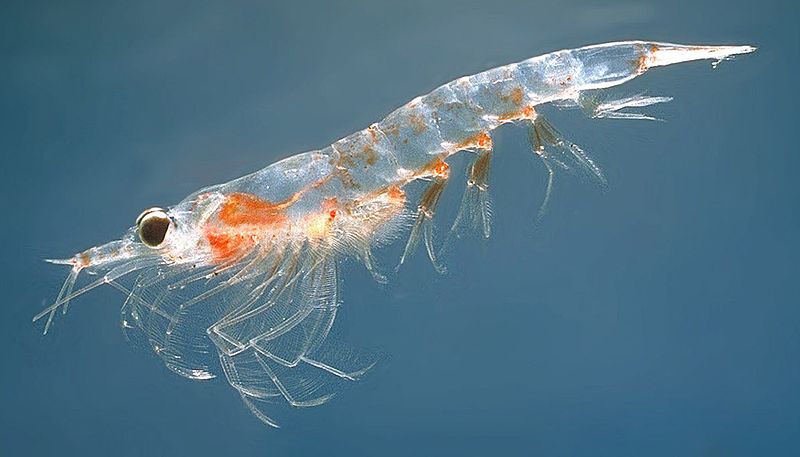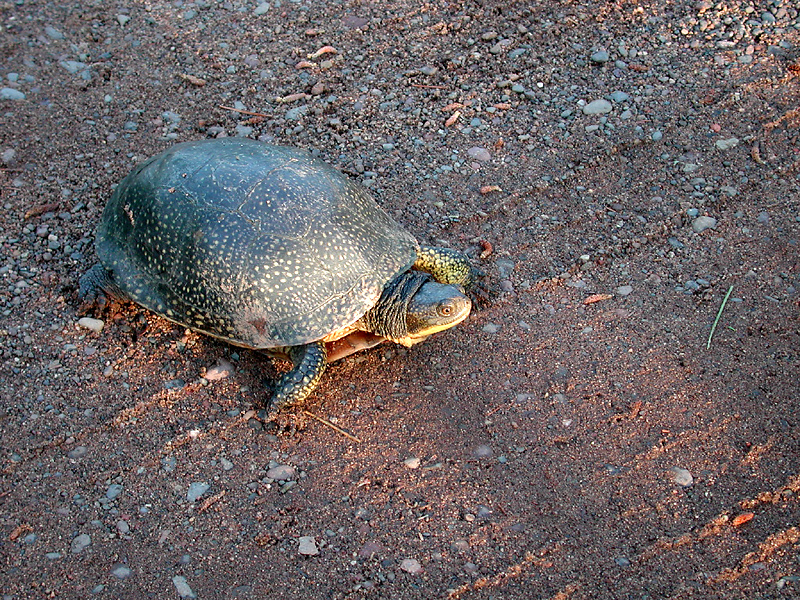Today’s update, while concerning an animal not suited as a pet (the American Alligator, Alligator mississippiensis) will I’m sure will be of interest to all who keep or study reptiles. Scientists from the Savannah River Ecology Lab, working with alligators in Louisiana’s Rockefeller Wildlife Refuge, were surprised to find a high degree of mate fidelity in their study population.
Remaining Faithful Despite Choices
Writing in the October, 2009 issue of Molecular Ecology, the researchers explained that 70% of the female alligators they studied over a 10 year period mated with the same male each year. This is the first time such behavior has been documented in any Crocodilian, and is rendered even more interesting by the fact that the refuge supports a very dense population of alligators, and females freely move through the territories of a great many males.
A Look Back in Time
Crocodilians are the sole surviving reptiles classified as Archosaurs, a group that includes the dinosaurs and which gave rise to the birds (some taxonomists argue that alligators are closely related to birds, and should be removed from the Class Reptilia). It is hoped that this newly discovered alligator mating behavior will reveal something about the mating strategies of dinosaurs and the ancestors of modern day birds.
Working With Crocodilians
Crocodilians make poor pets, but, as you see from the accompanying photos, they can be exciting to work with in zoos (please be in touch if you’re considering a career in herpetology).
A pair of Cuban crocodiles (Crocodylus rhombifer) under my care at the Bronx Zoo produced young together over a period spanning 40 years (the photo shows some of the “little ones” rushing to a meal) – but, unlike the Louisiana gators, they were housed together, without others of their kind, and so had little choice!
Further Reading
To read about how other research with alligators is granting us a peek at how dinosaurs may have lived, please see this piece.
 That Reptile Blog – Reptile, Amphibian and Exotic Pet Care and Information
That Reptile Blog – Reptile, Amphibian and Exotic Pet Care and Information

 Herpetologists and experienced turtle enthusiasts consider the wood turtle to be among the most intelligent of the turtles – in lab tests, they consistently scoring higher than other species on maze and reward-association tests. In my experience, captives exhibit a degree of curiosity and problem-solving abilities not evident in other turtles.
Herpetologists and experienced turtle enthusiasts consider the wood turtle to be among the most intelligent of the turtles – in lab tests, they consistently scoring higher than other species on maze and reward-association tests. In my experience, captives exhibit a degree of curiosity and problem-solving abilities not evident in other turtles. Although considered only mildly toxic, S. jendeki’s venom is quite complex, containing at least 19 different proteins. Scientists believe that these molecules may be useful in synthesizing new drugs. Newly discovered molecules, which may attack cells in novel ways, are always looked upon with great interest by medical researchers working with incurable diseases and drug-resistant microbes.
Although considered only mildly toxic, S. jendeki’s venom is quite complex, containing at least 19 different proteins. Scientists believe that these molecules may be useful in synthesizing new drugs. Newly discovered molecules, which may attack cells in novel ways, are always looked upon with great interest by medical researchers working with incurable diseases and drug-resistant microbes. Writing in the June, 2009 issue of Current Biology, University of Sydney biologists have revealed that large skink eggs develop into females, while small eggs become males. Furthermore, removing yolk from a large egg resulted in a male hatchling, despite the fact that female genes were present; adding yolk to a small egg over-rode the effect of the male genes already in the egg, producing instead a female.
Writing in the June, 2009 issue of Current Biology, University of Sydney biologists have revealed that large skink eggs develop into females, while small eggs become males. Furthermore, removing yolk from a large egg resulted in a male hatchling, despite the fact that female genes were present; adding yolk to a small egg over-rode the effect of the male genes already in the egg, producing instead a female. Of course, there were some problems early on. I was working with green sea turtle head-start programs in Costa Rica when TDSD first came to light. The organization I was with had been gathering sea turtle eggs for 30 years, incubating them, and then releasing the young when they had grown past the vulnerable stage. Great in theory…but by using a single incubation temperature, we may have produced only female green turtles for the entire 3 decades!
Of course, there were some problems early on. I was working with green sea turtle head-start programs in Costa Rica when TDSD first came to light. The organization I was with had been gathering sea turtle eggs for 30 years, incubating them, and then releasing the young when they had grown past the vulnerable stage. Great in theory…but by using a single incubation temperature, we may have produced only female green turtles for the entire 3 decades! Some years ago a herpetologist of my acquaintance, noting that krill were quite high protein and calcium, decided to use this food as a major part of the diet of a group of Blanding’s turtles (Emydoidea blandingii) that had hatched in his collection. The diet he used, simple by current standards, was comprised of 50%
Some years ago a herpetologist of my acquaintance, noting that krill were quite high protein and calcium, decided to use this food as a major part of the diet of a group of Blanding’s turtles (Emydoidea blandingii) that had hatched in his collection. The diet he used, simple by current standards, was comprised of 50%  The Antarctic krill, Euphausia superba, may be the planet’s most numerous species…550 million tons of them are swimming in the southern Pacific Ocean at any one time (our own biomass tops out at a mere 110 million tons). Krill form nearly 100% of the diet of certain seals, whales, birds, shrimp, squid and fishes.
The Antarctic krill, Euphausia superba, may be the planet’s most numerous species…550 million tons of them are swimming in the southern Pacific Ocean at any one time (our own biomass tops out at a mere 110 million tons). Krill form nearly 100% of the diet of certain seals, whales, birds, shrimp, squid and fishes.